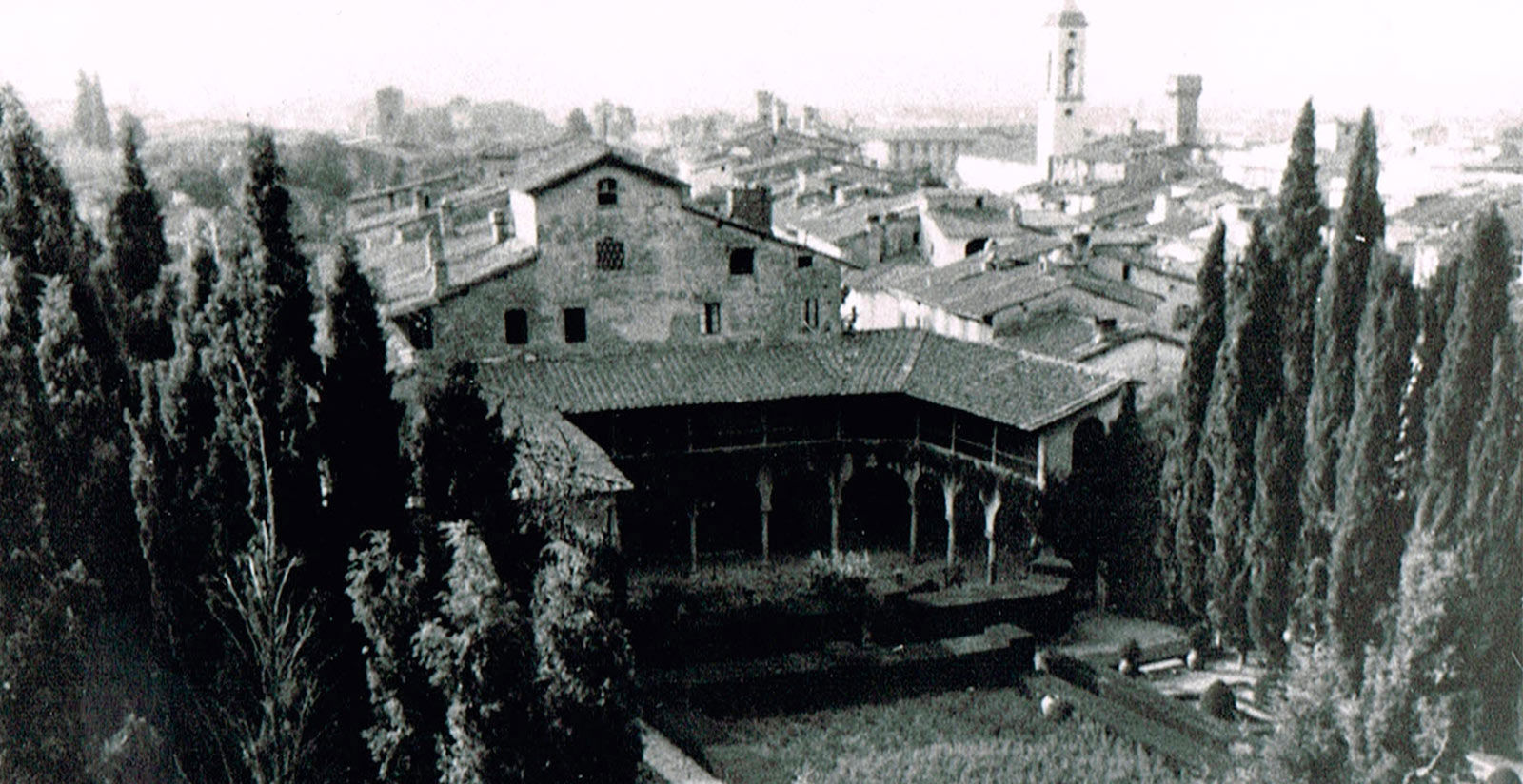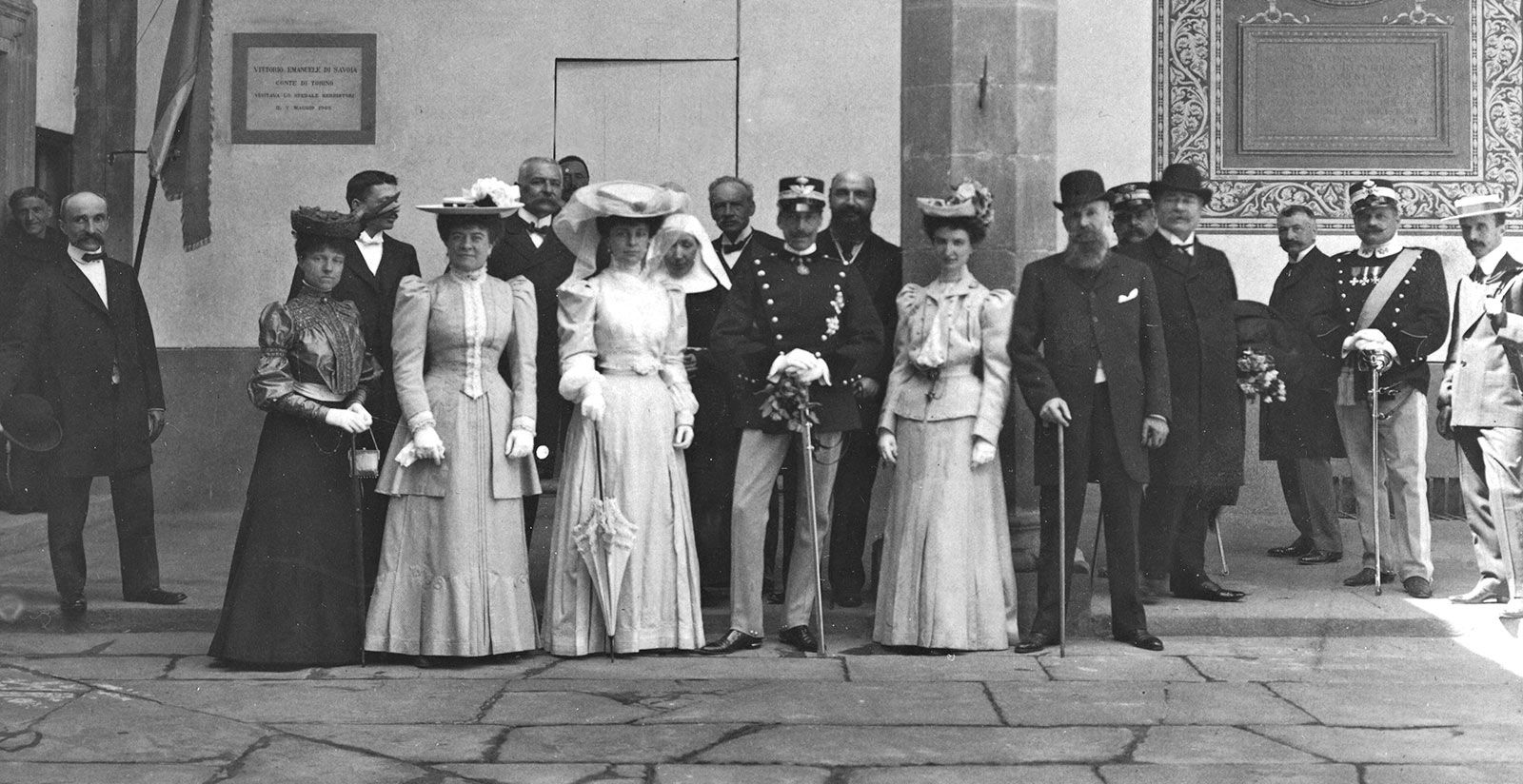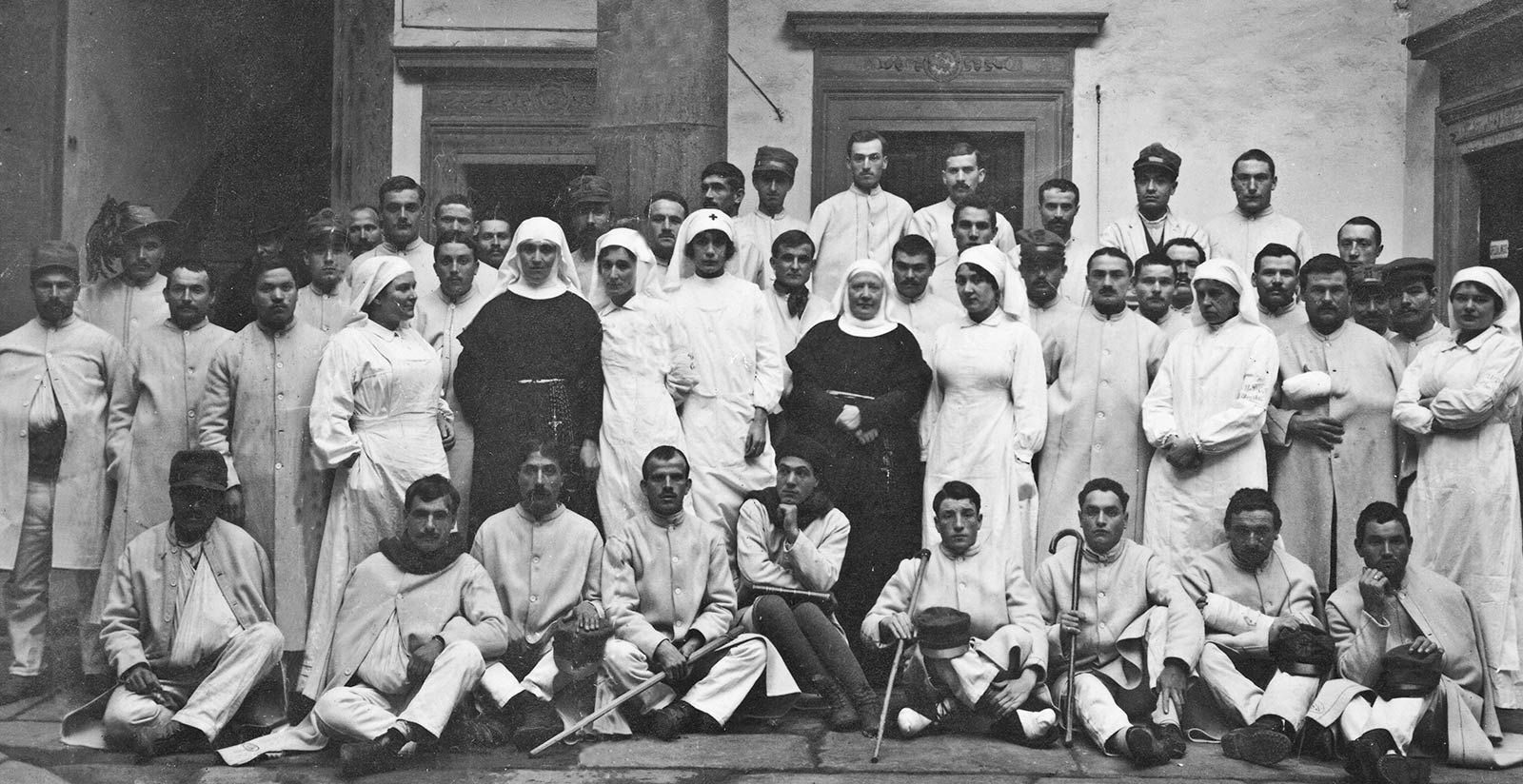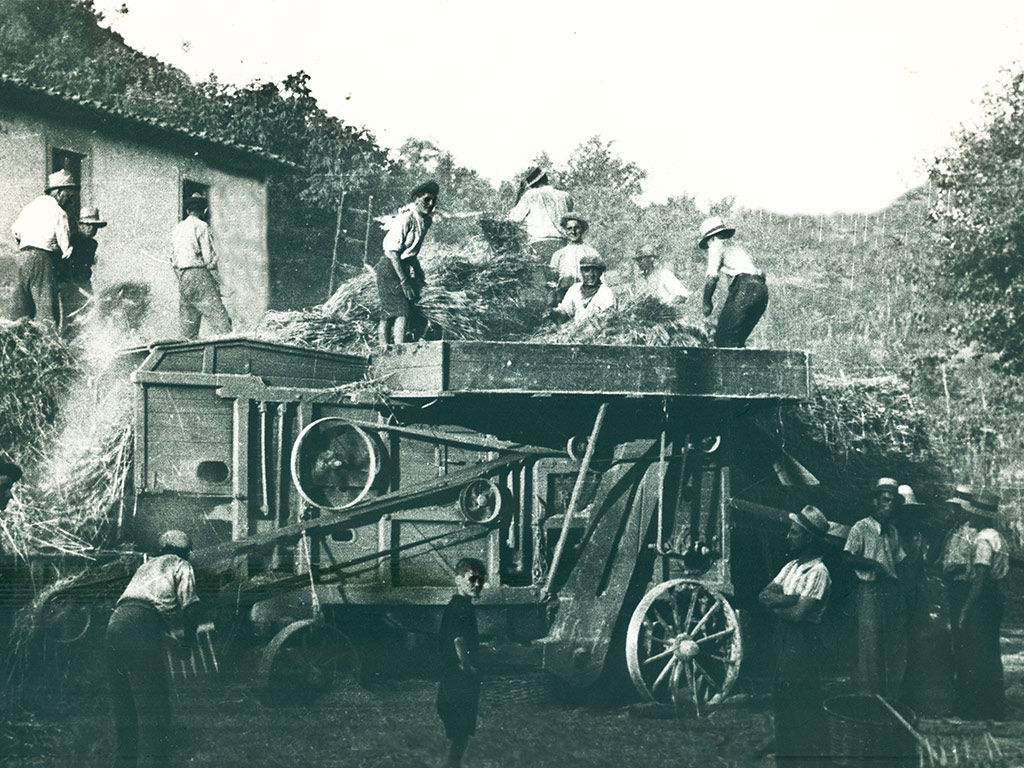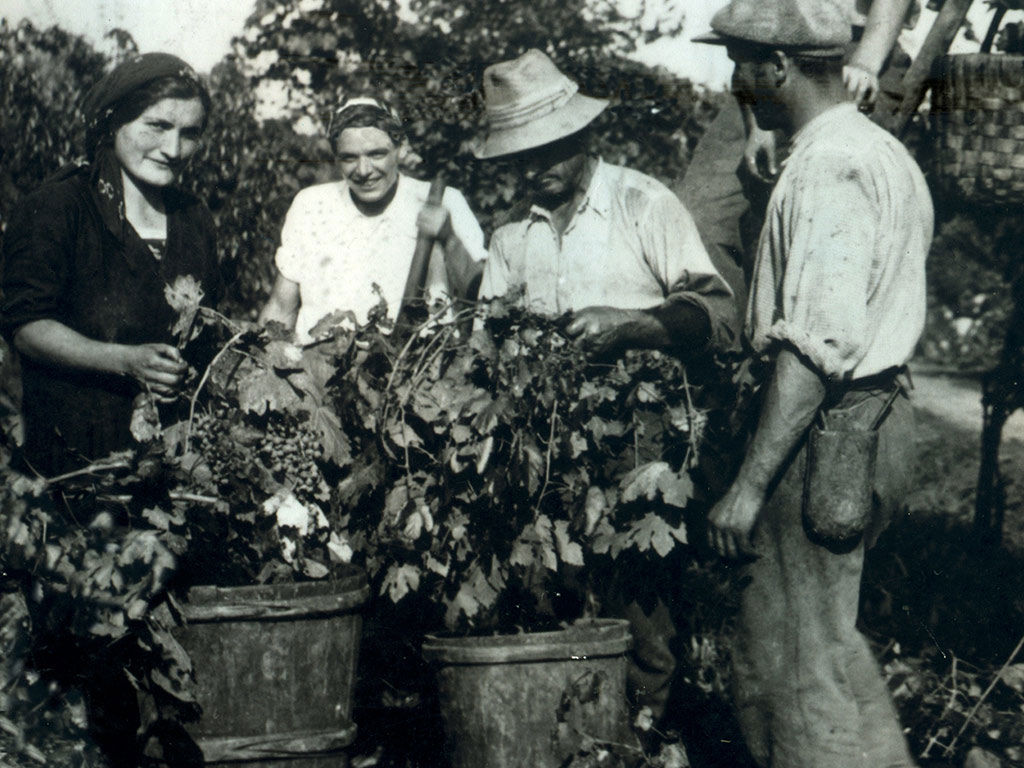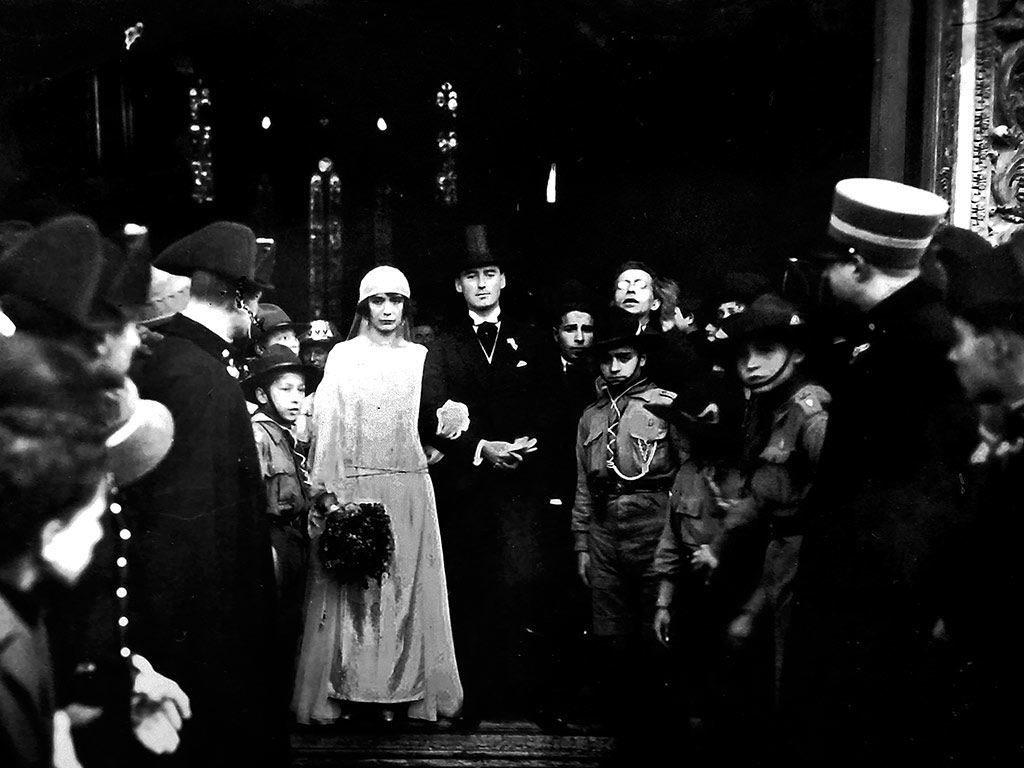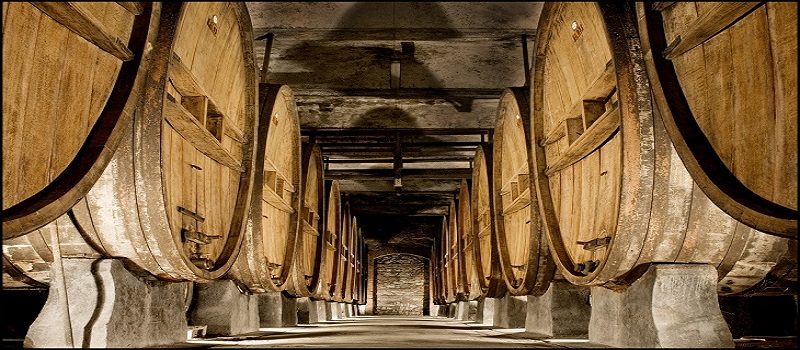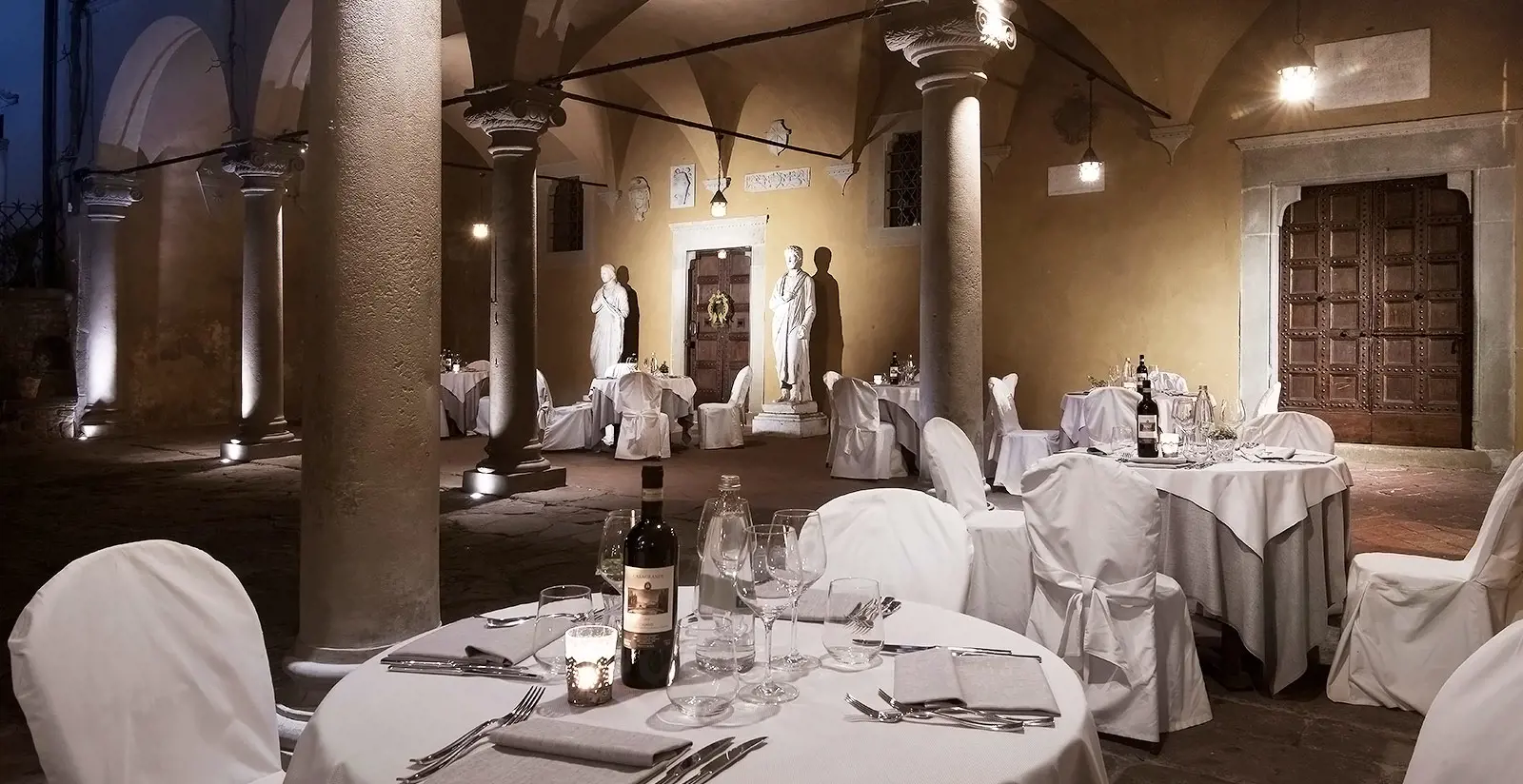History
"That ancient home, the relics of times gone by, the silence which transports you far from the chaos of daily life, stirring a vague desire to rest amongst the walls where you seem to have finally found peace".
This is how Paolo Bourget, the illustrious French novelist, described Villa Casagrande: "oh qu'il serait bon de vivre ici et d'y gouter la paix", he repeated: «dites plutôt qu'il serait bon d'avoir cet état d'âme qui vous permît de vivre ici ed d'y gouter la paix!!».
The historical dwelling of Villa Casagrande, in the centre of Figline Valdarno, was built at the end of the 14th century by renowned Florentine, Ser Ristoro, who came to Florence in 1384 and became the notary of His Lordship. The residence immediately became a privileged location for artists and philosophers.
An elegant refuge far from the chaos of the city, Villa Casagrande has preserved the charm and allure of the era when humanist Marsilio Ficino lectured in this very structure, to the Serristori family and the high aristocrats at the dawn of the Renaissance. Its rooms hosted, amongst others, Carlo VII of Borbone, King of the two Sicilies, Carlo V, King of Spain and King of the Sacred Roman Empire, and finally the prince and Maria Josè during their honeymoon.
Villa Casagrande was also much loved by Pope Leone X, son of Lorenzo the Magnificent, the reason behind why the Serristori family was granted the privilege of adding the Medici symbol of three balls and a lily to the family crest, with the initials L. X..
The porch hosts a collection of many symbols from this era including, inscriptions, original or entirely reproduced fragments and the crests of vicars, commissioners, authorities and captains, who to this day throughout the various Palazzo Pretori in Tuscany, attest to the services performed by the Serristori family for the Republic.
Staying at Villa Casagrande means enjoying comfort and quality, whilst at the same time savouring the area's important history.
